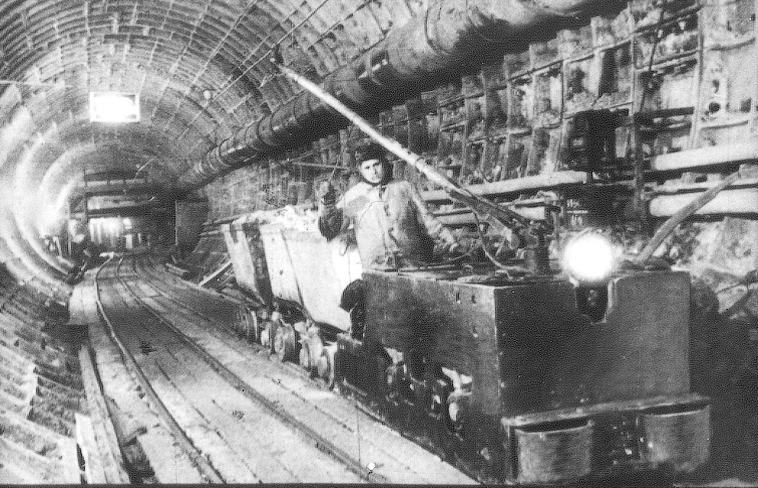
History "Bunker-42"
«Bunker – 42» - is a fortification underground facility, located in downtown Moscow. Right after the USA invented a new weapon of mass destruction- the nuclear bomb, USSR government decided to protect themselves by creating not only a bunker, but their very own bomb. Joseph Stalin was quite clear and strict in his ideas, thus, USSR scientists were obligated to develop a nuclear bomb, as well as, come up with methods of protection from it, in very short time.
In the 1950th the “SMU Mosmetrostroy” company began the construction works of the Bunker. According to the nuclear weapon test taken in 1949, in USSR, the ideal depth of the Bunker should’ve been no less than 65 meters in order to protect the country leaders from the damaging consequences of a nuclear explosion, in case of the attack.

By the fall of 1949 the projection bureau “Metroproekt” presented the “Buker on Taganka” project that went by the code name “Object 02” (ChZ-293). There was a very important factor considered while choosing the location for the bunker- it should’ve been in a close distance to the Kremlin, so Stalin and other members of the government could easily get to the bunker faster, in case of a nuclear attack, in order to rule the country in safe conditions.
Construction workers were given a very complicated task – to build a huge facility in downtown Moscow, without damaging the urban communication systems. The most important thing, though, was that they had to keep the construction site hidden from civilians and foreign intelligence. The type of construction was copied from the already existing bunkers. The project was taken under consideration by the state expert commission. The head of the commission was Aleksandr Yakovlev Kalagin, the high-ranking officer of The Engineering Corps.

In 1952 the building of the main constructions of the bunker was done. By the summer of 1953 the environmental support systems were finished. From the April of 1954 the first military and civilian communication operators started to work on the object. At the same time, the communication lines were laid and necessary equipment was installed.
The Bunker was build by the best specialists of the “Metrostroy” company with increased speed. The soil was excavated through four constructional mines that earlier were used to build the Moscow subway stations.
Through the years 1955-1956 new communication channels were established with the new regiments and divisions of strategic bombers all over the country. The Ministry of Communications provided the transfer of government and military classified reports, as well as, supported communication within all radio centers across The USSR and Warsaw Pact countries. More than 1000 transmitters were used for communications with aircrafts.
Three decades in a row, right up till 1986, the bunker was the command center of strategic bombers that had the ability to carry nuclear bombs on a board. However, the bunker, which was constructed in the realities of the 50’s, couldn’t stand against modern weaponry.
Such an important object, as the command center of The Long-range air force, had to be transferred in safer place. Just like the powerful Kremlin, our museum became a historical monument and opened its doors for visitors. To this day the object “Bunker-42” provide civilians with very important service. Everyday people descend to the depth of 65 meters, to feel the atmosphere of the “Cold war” time- period, when the whole world was on the edge of The Nuclear War.











